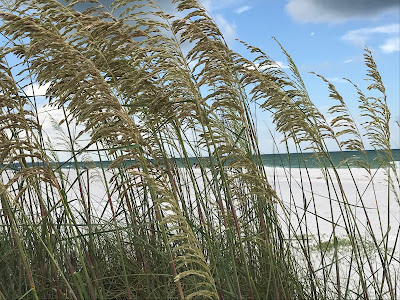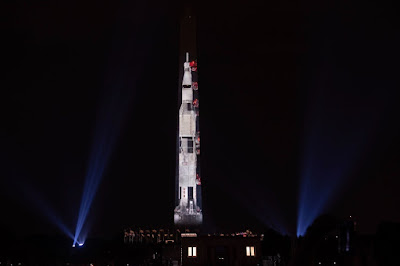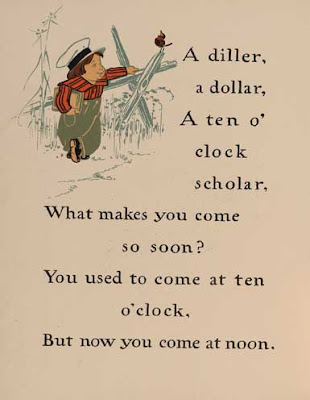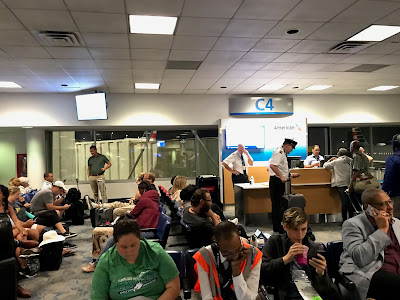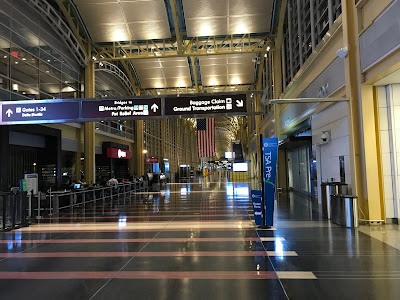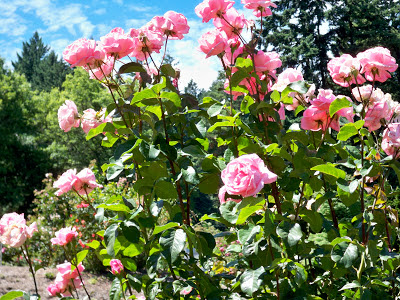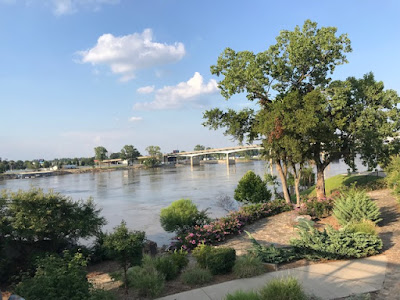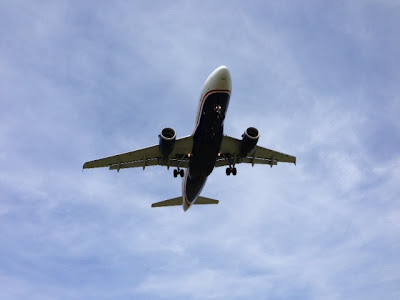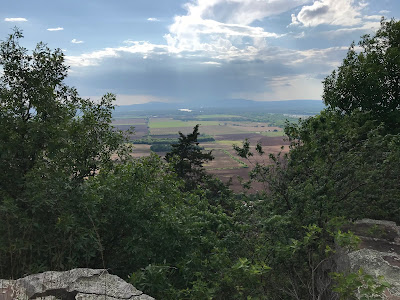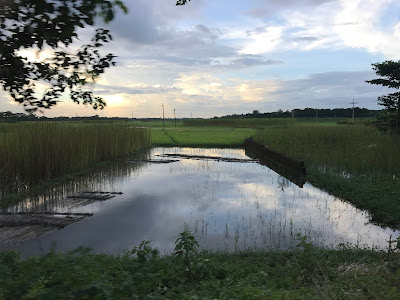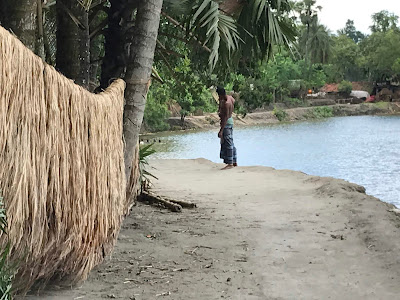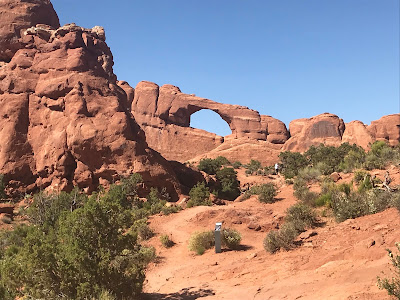Bach to the Beach
One of the joys of a beach vacation is how few decisions need to be made. I love the hustle-bustle of a traveling getaway, one where you must decide which states or countries to visit, which sights to see, where to stay, which routes to drive.
But on a beach vacation you know what you’ll do. You’ll walk, read and swim. You’ll look at the ocean and marvel at the immensity of it all.
Yes, you must decide how to divvy up your days. Beach in the morning, pool in the afternoon — or vice versa?
And what you must also decide is what to listen to while striding down the strand. Yesterday, it was Bach. To “Sleepers Awake” I watched gulls swoop ands swerve. To “Sheep May Safely Grace” I dodged lizards in the dunes. To the “Toccata and Future in D” I saw thunderheads pile up in the east.
They almost chased me inside, but I kept walking and they blew over … for a while, at least.
